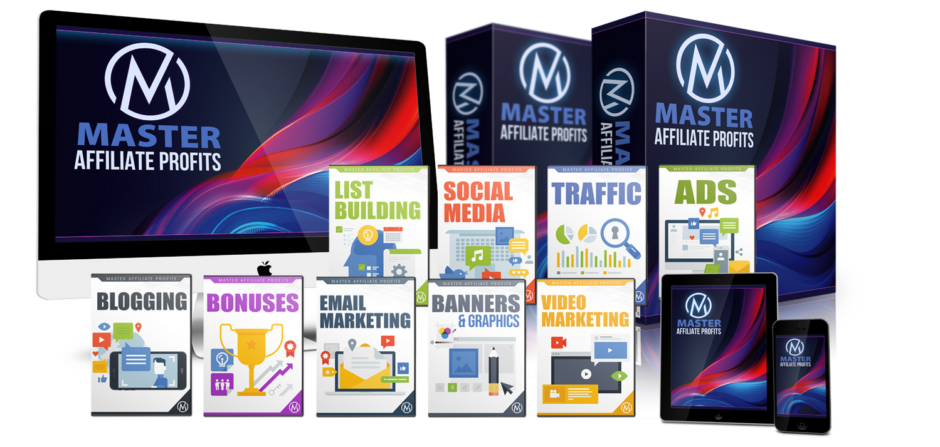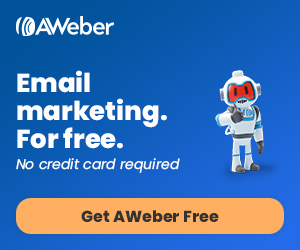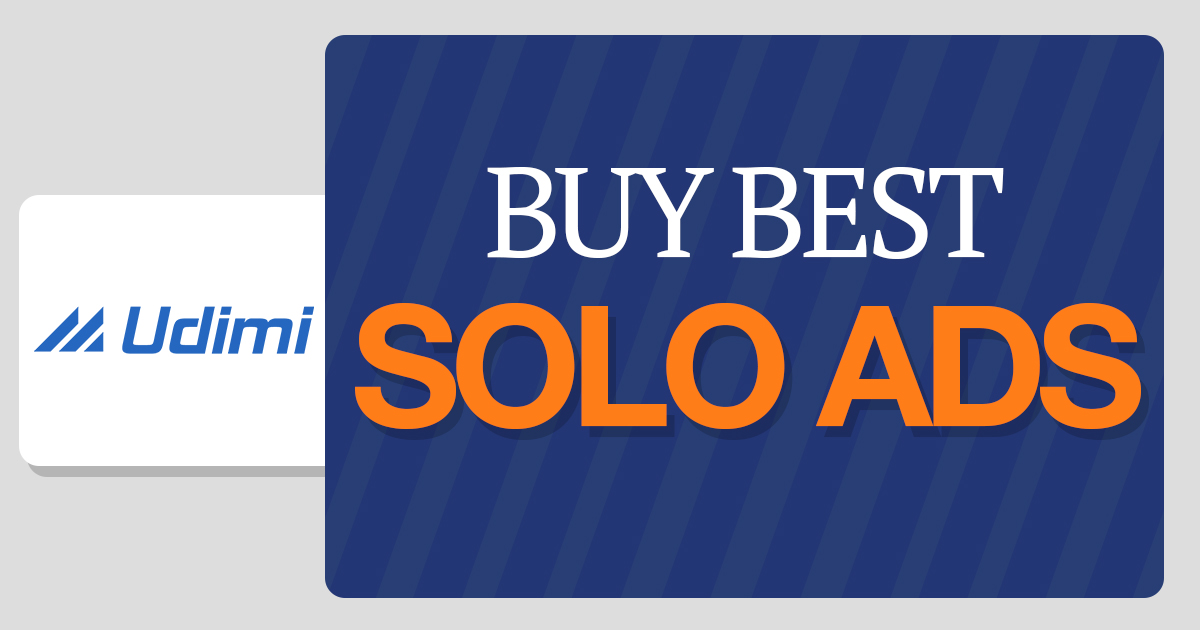1. Creating a Facebook Business Page
A business page is the foundation of your presence on Facebook. Follow these steps to set it up:
- Profile and Cover Photos: Use high-quality visuals that align with your brand identity.
- About Section: Write a clear, engaging description of your business.
- Call-to-Action (CTA) Button: Add a CTA button (e.g., “Shop Now,” “Sign Up”) to guide users toward your goal.
2. Posting Engaging Content
Content is the heart of any social media strategy. To keep your audience engaged:
- Diversify Content Types: Use a mix of text posts, images, videos, and live streams.
- Post Regularly: Consistency is key to maintaining visibility and engagement.
- Focus on Value: Share content that educates, entertains, or solves problems for your audience.
3. Using Facebook Ads
Facebook Ads offer a robust way to amplify your reach. Some popular ad formats include:
- Image and Video Ads: Simple yet effective for grabbing attention.
- Carousel Ads: Showcase multiple products or features in a single ad.
- Lead Ads: Collect user information directly from the ad without needing a landing page.
- Retargeting Ads: Reach users who have previously interacted with your brand.
4. Building Facebook Groups
Facebook Groups allow you to create a community around your brand. They’re ideal for fostering discussions, sharing exclusive content, and building loyalty.
5. Utilizing Facebook Stories
Stories offer a creative, ephemeral way to engage with your audience. They’re perfect for behind-the-scenes glimpses, product showcases, and special announcements.
Strategies for Successful Facebook Marketing
1. Define Your Goals
Start by identifying what you want to achieve. Common goals include:
- Increasing brand awareness
- Driving website traffic
- Generating leads
- Boosting sales
- Building community engagement
2. Know Your Audience
Understanding your audience is crucial. Use Facebook’s Audience Insights tool to analyze demographics, interests, and behaviors. Create buyer personas to tailor your content and ads.
3. Leverage Facebook Pixel
The Facebook Pixel is a powerful analytics tool that tracks user behavior on your website. It helps in:
- Optimizing ad targeting
- Retargeting website visitors
- Measuring conversion rates
4. Create High-Quality Content
Quality trumps quantity. Focus on creating content that is visually appealing, relevant, and emotionally resonant. Incorporate storytelling to make your brand memorable.
5. Engage with Your Audience
Respond to comments, messages, and reviews promptly. This not only boosts your credibility but also fosters customer loyalty.
6. Optimize for Mobile
With the majority of Facebook users accessing the platform via mobile devices, ensure your content and ads are mobile-friendly.
7. A/B Testing
Experiment with different ad creatives, headlines, and CTAs to see what works best. Continuously refine your strategy based on data.
Tools and Resources for Facebook Marketing
1. Facebook Business Suite
A central hub for managing your Facebook and Instagram accounts, it allows you to schedule posts, track analytics, and respond to messages.
2. Canva
Create professional-looking graphics and visuals for your posts and ads.
3. Hootsuite
Schedule and monitor your Facebook content across multiple accounts with ease.
4. AdEspresso
A tool for optimizing and managing your Facebook Ads campaigns.
5. Analytics Tools
Leverage Facebook Insights, Google Analytics, and third-party tools to track your performance and make data-driven decisions.
Common Challenges and How to Overcome Them
1. Declining Organic Reach
- Solution: Invest in Facebook Ads and focus on creating shareable content.
2. Ad Fatigue
- Solution: Regularly update your ad creatives and target new audiences.
3. High Competition
- Solution: Differentiate your brand with unique content and a strong value proposition.
4. Time Management
- Solution: Use scheduling tools like Facebook Business Suite to save time.
Case Study: A Facebook Marketing Success Story
Business: A small e-commerce store selling handmade jewelry.
Challenge: Limited brand awareness and low sales.
Solution:
- Created a visually appealing Facebook Page with professional photos.
- Ran a targeted ad campaign focusing on women aged 25–45 interested in handmade products.
- Shared engaging content, including customer testimonials and behind-the-scenes videos.
Results:
- Increased website traffic by 50%.
- Boosted sales by 30% within three months.
- Built a loyal community of followers through active engagement.
Future Trends in Facebook Marketing
- Increased Focus on Video Content: Video is dominating social media, and Facebook is no exception. Incorporate more video into your strategy to stay ahead.
- AI and Automation: Chatbots and AI-powered tools will streamline customer interactions and ad management.
- Integration with AR/VR: Facebook’s parent company, Meta, is focusing on immersive experiences. Explore AR filters and VR content to enhance engagement.
- Sustainability and Ethical Marketing: Consumers are increasingly drawn to brands with a purpose. Highlight your sustainability efforts in your campaigns.
Conclusion
Facebook marketing is a dynamic and versatile tool that can drive significant growth for your business. By understanding the platform, leveraging its features, and crafting a well-rounded strategy, you can connect with your audience, build lasting relationships, and achieve your marketing goals.
Whether you’re just starting or looking to optimize your existing efforts, now is the time to embrace the power of Facebook marketing. Experiment, analyze, and adapt to maximize your success on this ever-evolving platform. This site may contain links to affiliate websites, and we receive an affiliate commission for any purchases you make on the affiliate website using such links. Check Out Master Affiliate Profits Here: https://fredsmarketing.com/map



